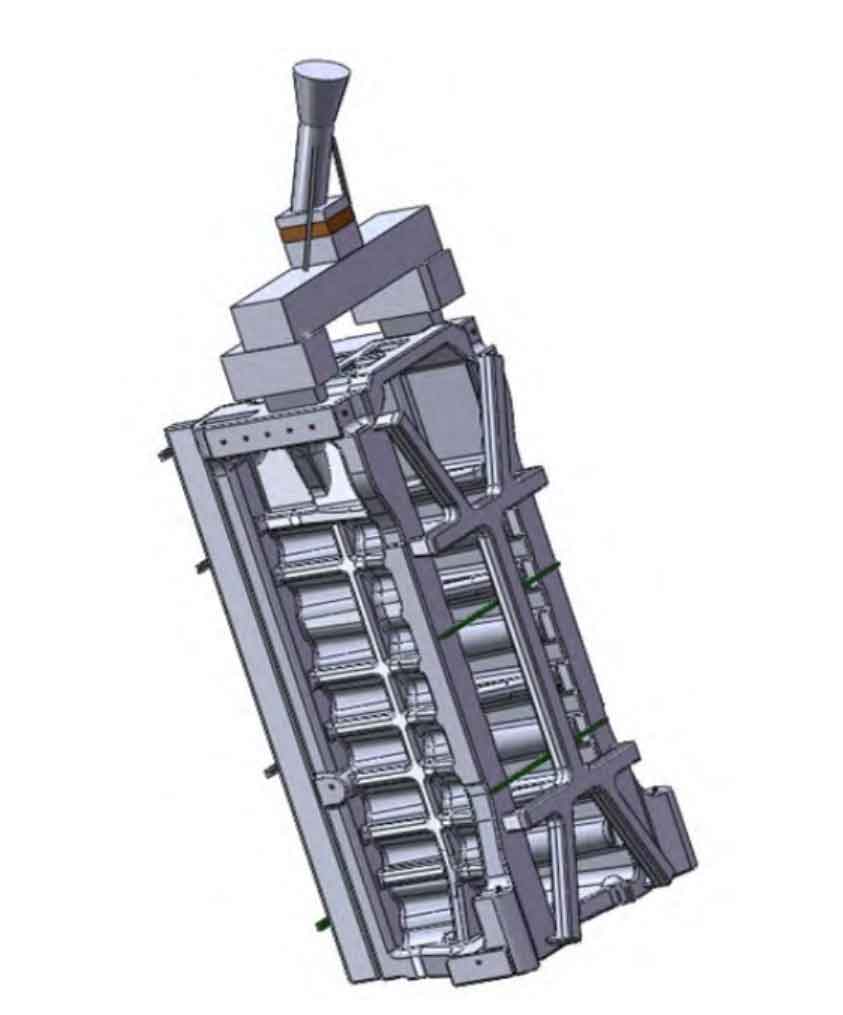Lost foam casting (LFC) is an innovative technique in the metal casting industry that offers several sustainability benefits. In this process, the pattern to be cast is created from polystyrene foam, which is then coated with refractory material. The coated foam pattern is placed in a molding flask and is surrounded by loose sand that is compacted by vibration. The molten metal is then poured into the mold, vaporizing the foam pattern and replacing it with the metal. After the metal cools and solidifies, the sand and the casting are removed.

Sustainability advantages of Lost Foam Casting include:
- Reduced Material Wastage: lost foam casting produces near-net-shape parts, which require less machining and therefore result in less material wastage. It also negates the need for binders or additives in the mold sand, reducing the demand for such materials.
- Recyclability: The sand used in lost foam casting can be recycled for repeated use, contributing to the circular economy. While the polystyrene foam is vaporized in the process, the resulting products of combustion can be managed and filtered through modern emission control systems.
- Energy Efficiency: Because the lost foam casting process allows the production of near-net-shape parts, it eliminates or reduces the need for subsequent machining and finishing processes, which can be energy-intensive.
- Reduced Emissions: lost foam casting can potentially reduce harmful emissions compared to traditional casting methods. This is because there are no binders in the sand that would generate gases during the casting process. Moreover, with proper emission control, the gases produced from the vaporized polystyrene can be managed effectively.
- Water Conservation: Unlike green sand casting, lost foam casting does not require water for the sand mixture, which can lead to significant water savings in regions where water is scarce.
Despite these advantages, there are still some sustainability challenges related to lost foam casting. Polystyrene is derived from petroleum, a non-renewable resource, and its manufacture and disposal can have environmental impacts. Moreover, while modern filtration systems can control the products of polystyrene combustion, this remains an area of environmental concern.
However, ongoing research and advancements are aimed at addressing these challenges, such as finding bio-based or recyclable alternatives to polystyrene for the foam patterns. As such, with appropriate consideration and continual improvement, lost foam casting could be a more sustainable option for metal casting in the future.
